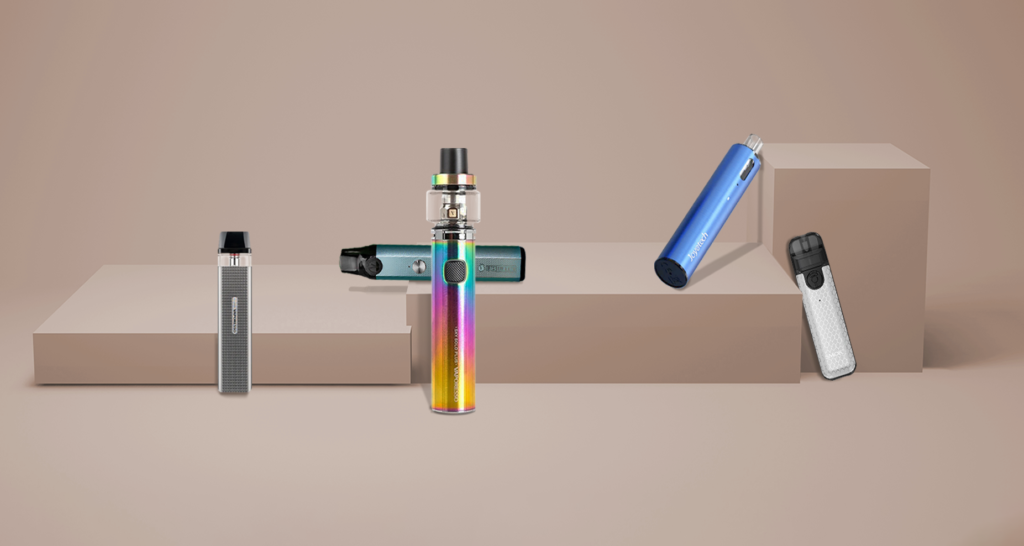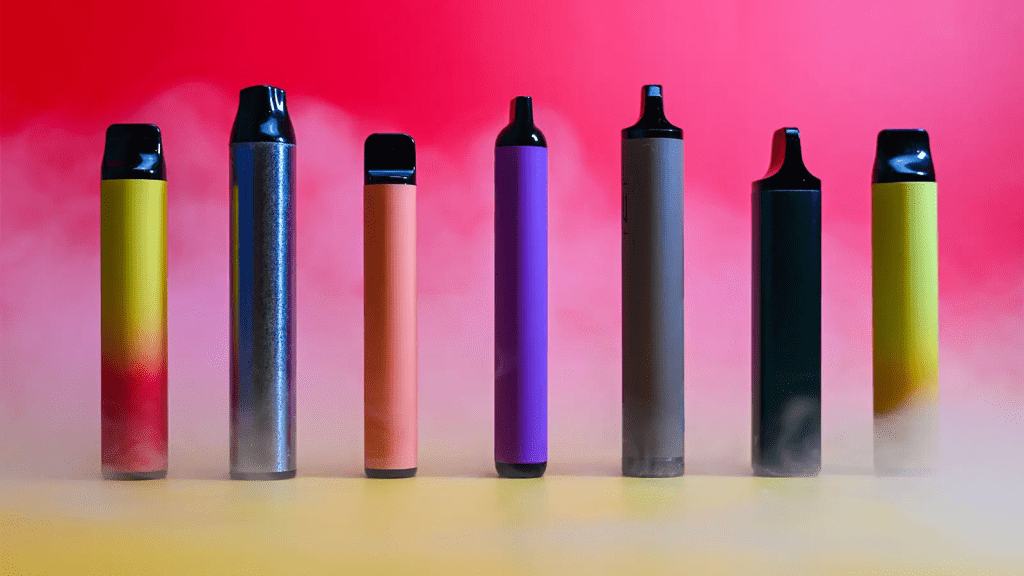
Is Vaping Cannabis a Healthier Alternative to Smoking?
The popularity of vaporizing or “vaping” cannabis has surged in recent years, mirroring the rise of e-cigarettes. But what does vaporizing entail, and is it a safe practice? Let’s distinguish truth from misinformation on this matter.
Cannabis has demonstrated potential health benefits according to various studies, suggesting its capacity to alleviate certain medical conditions. If you intend to explore cannabis as a treatment for your health ailment, obtaining a medical marijuana card is typically necessary.
What is vaping?
In essence, vaping involves the application of heat to cannabis without causing combustion. This heat triggers the release of active compounds, forming a vapor that is subsequently discharged into the atmosphere as a fine mist, courtesy of a vaporizer device. As there’s no combustion involved, there’s no production of smoke.
Vaporizer products come in various sizes and with differing functionalities. This article will center its attention on desktop and portable flower vaporizers.

Is vaping safe?
According to two recent survey studies, individuals who vape cannabis tend to perceive it as having health benefits and consider it safer and less detrimental to their well-being compared to smoking. Additionally, cannabis vaporizers are specifically engineered for inhalation without the harmful smoke toxins associated with combustion.
But what do researchers have to say on this matter? Does vaporizing indeed reduce the intake of potentially harmful substances like tar, ammonia, and carcinogens found in cannabis smoke? While there is limited research on the subject of cannabis vaporization, studies conducted over the years indicate that vaporizing does yield fewer carcinogenic compounds than smoking marijuana, primarily because it involves heating rather than burning. Although cannabis smoke is generally less toxic than cigarette smoke, inhaling any combustion byproduct is suboptimal. Smoke of any kind still contains gases and particles that can lead to lung irritation and respiratory issues. In fact, when cannabis is burned, it releases over 100 toxins and compounds.
Smokers are more susceptible to respiratory infections and bronchitis, but the culprit is the smoke itself, not the cannabinoids. One of the initial studies comparing smoking to vaporizing showed fewer respiratory effects associated with vaping, as reported by individuals in terms of their respiratory symptoms.

The Advantages of Vaporizing Cannabis
Many individuals with medical conditions affecting their respiratory systems often experience irritation in their lungs, making vapor inhalation a preferable option for relief.
Some proponents claim that vaporizers produce a more clear-headed high because they do not involve inhaling smoke. However, there is limited research on whether vaping and smoking indeed result in distinct types of highs. In an early study involving 18 participants, each individual either smoked or vaped one of three different THC strengths (1.7%, 3.4%, or 6.8%). Subsequent measurements of delta-9-THC in the bloodstream and carbon monoxide levels in exhaled air were taken. While blood THC levels showed no significant differences, the use of vaporization led to a significant reduction in expired carbon monoxide levels.
In a 2014 study involving approximately 100 participants who engaged in both smoking and vaporizing, users reported several advantages of vaporization compared to smoking. These included the absence of a lingering smoke odor and a superior taste experience. Participants also noted that they achieved a greater effect with the same amount of cannabis when using vaporizers. Following the study, nearly all participants expressed their intention to continue using vaporizers.
Novice users also tend to favor vaporization because it allows them to inhale the vapor in short puffs instead of deep breaths. Furthermore, individuals appreciate the added discretion that comes with using a vaporizer.
Are there downsides to vaping?
The reported disadvantages primarily revolve around the setup of the vaporizer, the need to finely grind the cannabis before use, the waiting time for the vaporizer to heat up, and the necessary cleaning after each use. Apart from the slightly more involved process, many desktop and portable vaporizers are relatively costly for occasional users, although it’s worth noting that in the long term, vaporizers can lead to cost savings on cannabis.

The Importance of Vaping Temperature
A pivotal study conducted in 2009 was among the first to explore the impact of varying temperatures on vaporization. Similar to earlier research, this 2009 study not only demonstrated a reduction in harmful byproducts when comparing vaping to smoking but also underscored the significance of temperature control.
In this study, cannabis underwent vaporization at three distinct temperatures (338°F, 392°F, and 446°F), with the cannabinoid-to-byproduct ratio meticulously measured using high-performance liquid chromatography (HPLC). The results revealed significantly higher ratios at 392°F and 446°F compared to smoking, indicating fewer harmful toxins when using vaporization.
Most vaporizers typically heat cannabis to temperatures just below the point of combustion, typically falling within the range of 180 to 200°C (356 to 392°F). We now understand that the quantity of compounds released increases as the boiling point of each compound is approached. Furthermore, specific temperatures at which various compounds are released have been identified, ranging from 220°F for THCA to as high as 428°F, just shy of the combustion temperature of 451°F, for the non-psychoactive compound cannabichromene (CBC).
As a result, the longstanding question regarding the ideal vaporizer temperature can finally be addressed. For medicinal purposes, the temperature should be tailored to the specific compound required. However, when it comes to recreational use, temperature preference largely remains a matter of personal choice.
Many individuals turn to cannabis for the treatment of their medical conditions due to its recognized therapeutic benefits supported by research. If you wish to use marijuana to alleviate your symptoms while residing in Parkersburg, obtaining a medical marijuana card is a crucial step. You can obtain your medical marijuana card by visiting a Medical Marijuana Doctor or applying for it online.



